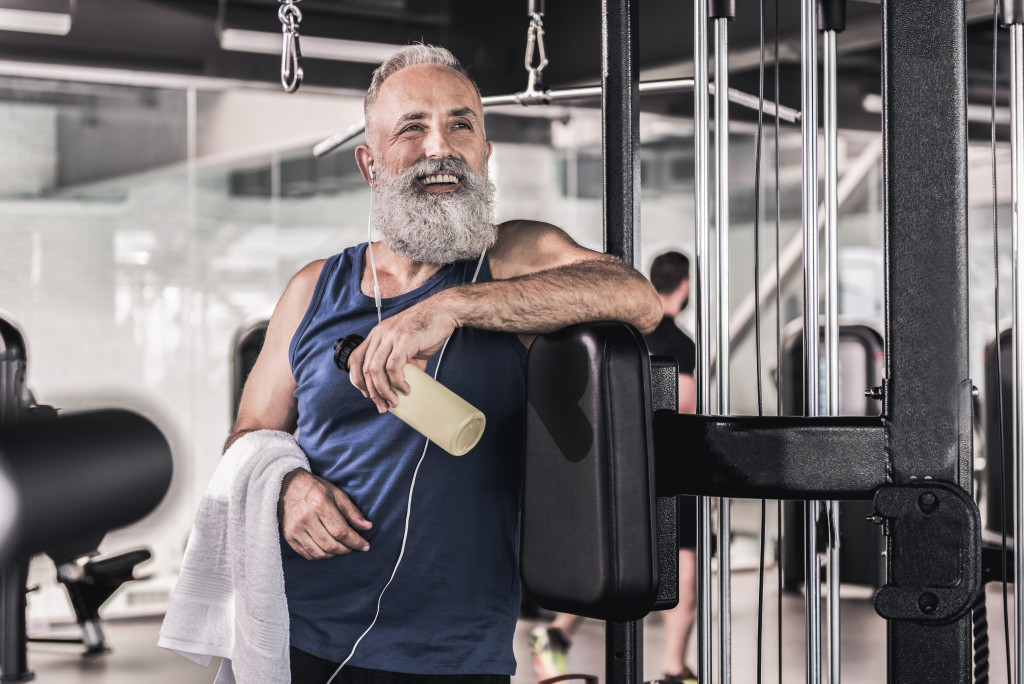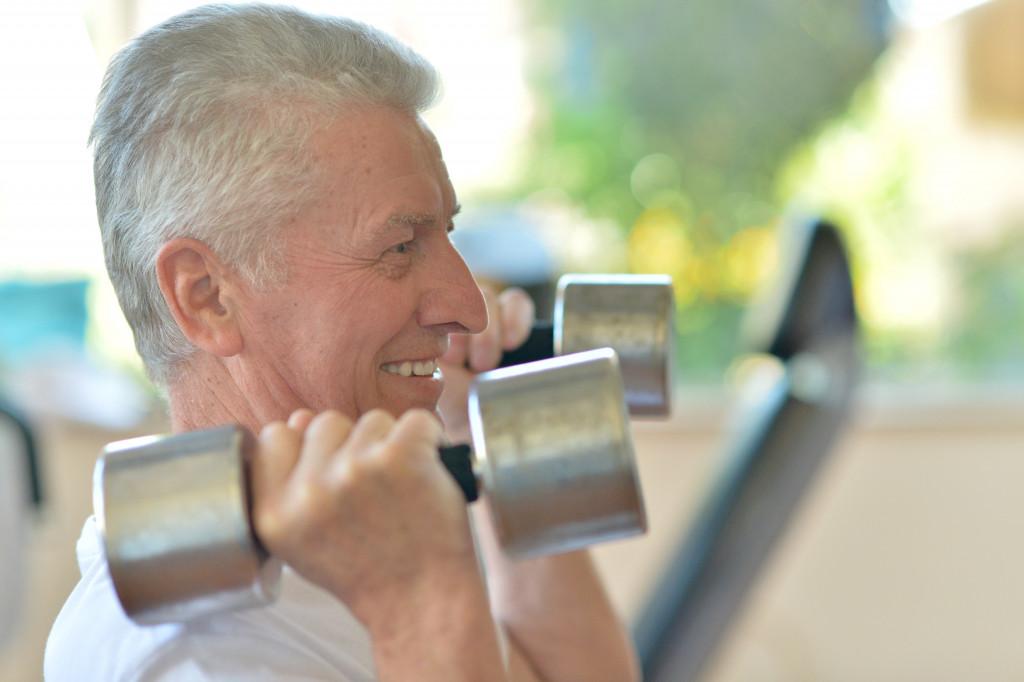Becoming an athlete later in life can bring with it a unique set of challenges and rewards. If you’re considering taking up a sport or activity, there are certain things that you should prepare yourself for. Here are some key tips to help you prepare to become an athlete in your latter years.
Start gradually.
One of the biggest mistakes people make is going from 0 to 100 very quickly when they first start training. It’s important to slowly ease into it and build up your strength, stamina, and endurance.
Don’t try to do too much too soon — take it one step at a time and be kind to your body as you progress. For example, if you’re a runner, start with a few short runs and gradually increase the distance and intensity.
In addition, you should incorporate other activities into your routines, such as stretching, yoga, and strength training. This will help you build a solid foundation for a more intense workout later.
Listen to your body.
As you age, your body takes longer to recover from physical activity, and injuries are more likely to occur. Pay attention to what your body is telling you — if something hurts or feels off, stop training immediately and allow time to heal before continuing any further.
Also, don’t forget the importance of rest days! Allowing yourself recovery time will help keep you healthy and prevent any injuries from happening in the future. This is because your body needs time to restore muscle and energy levels.
Also, consult with your doctor before beginning any new physical activity. This will ensure that you’re in good enough health to undertake the activity and prevent any potential health issues from arising.
Invest in proper equipment.
Having the right gear is essential for safe athletic training, no matter your life stage. Investing in quality equipment such as shoes, protective gear, and other sports apparel can help reduce injury risk and improve performance by providing support where needed.
For instance, if you’re a runner, finding the right shoes that fit your feet is crucial. Not only will they help reduce any strain on your joints while running, but they can also help improve performance.
Moreover, other items, such as heart rate monitors and fitness trackers, can be used to measure your progress and help you stay motivated along the way.

Prepare for sports injuries.
Injuries are an inevitable part of physical activity, and it’s essential to be prepared for them. If you sustain an injury, seek effective sports injury treatment as soon as possible. This can help you heal faster and reduce the risk of complications down the line.
At the same time, practicing proper injury prevention techniques is essential. This includes warming up before any physical activity, cooling down afterward, and taking regular breaks in between sessions.
It’s also important to use the correct form and technique during training to avoid putting unnecessary strain on your body. Taking these steps can significantly reduce the risk of sports injuries while you’re training.
Find a coach/mentor.
Everyone needs someone who believes in them and can guide their journey towards becoming an athlete later on in life — this could be a personal trainer or even someone who has been through the process themselves!
Having someone who can offer advice about specific exercises and nutrition tips can go a long way towards helping reach goals faster and more safely than trying to do it alone would allow for! For example, a personal trainer can help create personalized programs tailored to the individual’s needs and provide guidance on how to progress safely.
Finding a supportive coach/mentor can make all the difference when it comes to achieving success as an athlete in your later years, so be sure not to overlook this vital resource!
Set realistic goals.
The most important thing when it comes to late-life athleticism is setting realistic goals that are achievable within reason, given the current state of health and fitness level (as well as any limitations due to aging).
Aiming too high could result in disappointment or discouragement when results don’t come quickly enough. However, setting achievable goals will help keep motivation levels high while still making progress towards desired outcomes!
Doing this helps to break goals down into smaller, manageable tasks and focus on one thing at a time. Setting up measurable targets also allows for easy tracking of progress over time so that you can adjust your approach as needed!
Becoming an athlete later in life can be intimidating but also incredibly rewarding once goals are reached! Remember these key tips—start gradually, listen to your body, prepare for sports injuries, invest in proper equipment and coaches or mentors, if possible, and set realistic goals—to ensure that everything goes smoothly during this journey towards achieving athletic greatness!

